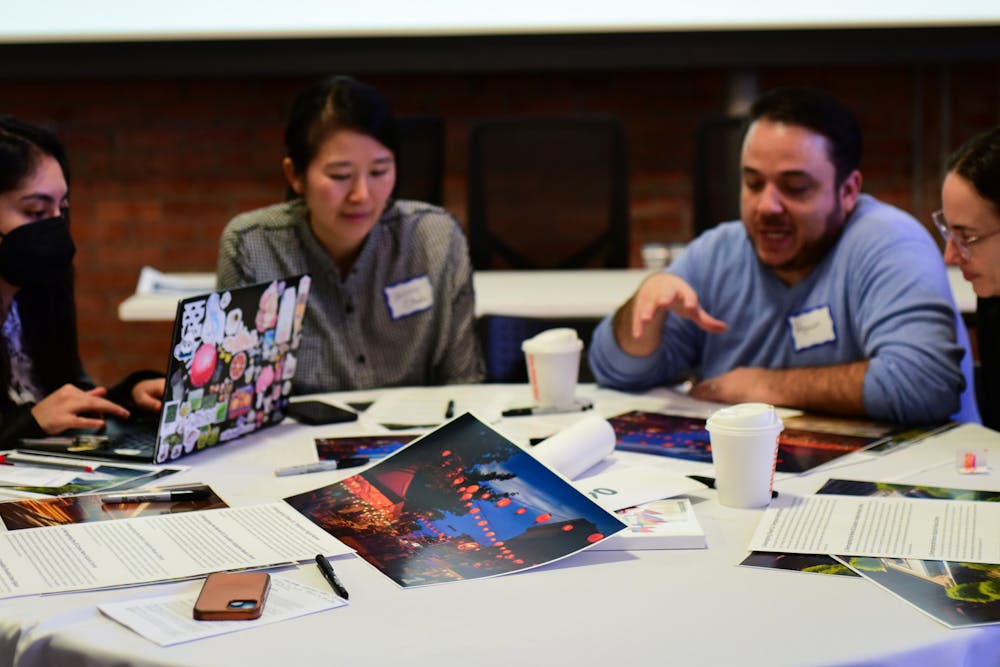Philadelphia Mayor Cherelle Parker and Pennsylvania government officials secured $158 million in federal funding to reconnect Philadelphia’s Chinatown, which is currently severed by the Vine Street Expressway.
The Chinatown Stitch Project aims to add a cap — a bridge or structure built over a highway — over the Vine Street Expressway between 10th and 13th streets. The project — which is supported by Parker and Sens. Bob Casey (D-Pa.) and John Fetterman (D-Pa.) — includes plans to develop a public park, improve traffic calming efforts, and improve access.
The funding was supplied through the Reconnecting Communities and Neighborhoods Grant Program developed by the U.S. Department of Transportation, which aims to “reconnect communities that are cut off from opportunity and burdened by past transportation infrastructure decisions.”
“Compared to other neighborhoods in Philadelphia, there is very little open space in Chinatown,” Weitzman lecturer Yadan Luo told The Daily Pennsylvanian. “When kids walk out of school, they are trying to find a place to play that doesn’t exist.”
The Vine Street Expressway (I-676) is a 1.75-mile highway that divides Chinatown between 9th and 12th Street born out of the 1956 Interstate and Defense Highway Act. Studies have found that this highway has harmed Chinatown, including residents experiencing higher levels of air and noise pollution.
Currently, the expressway divides Chinatown into two parts; however, a cap that includes green space will allow Chinatown to be physically reconnected.
After decades of attempts to develop Chinatown without considering the Chinatown community, the city has found four goals for the Stitch Project to be of utmost importance to Chinatown residents. The project aims to create an “inviting park space … [and a] safe street design” while prioritizing the elderly, young people, and community members with disabilities and adding “civic buildings … that serve community needs.”
However, Luo still has concerns about Chinatown’s future. The last neighborhood plan was released in 2017, and has not been updated to address the current concerns about the proposed 76ers arena. With a new master plan that focuses on Chinatown’s future development, “We would be able to focus on how to improve Chinatown, rather than an isolated point of an arena proposed by billionaires,” he said.
RELATED:
Three Penn affiliates join Philadelphia Mayor Cherelle Parker's administration
Proposed 76ers arena near Chinatown continues to provoke activism at Penn, community disapproval
He also hopes the new master plan will address how residents can “enjoy upgraded urban infrastructure” without the negative ramifications of gentrification.
“Many people won’t see the benefits of this project until ten, twenty years from now,” College junior Taryn Flaherty told the DP. “While we always want to be working towards that future, there is a lot to be said about investing in the community today to maintain the vibrancy in our neighborhood.”









